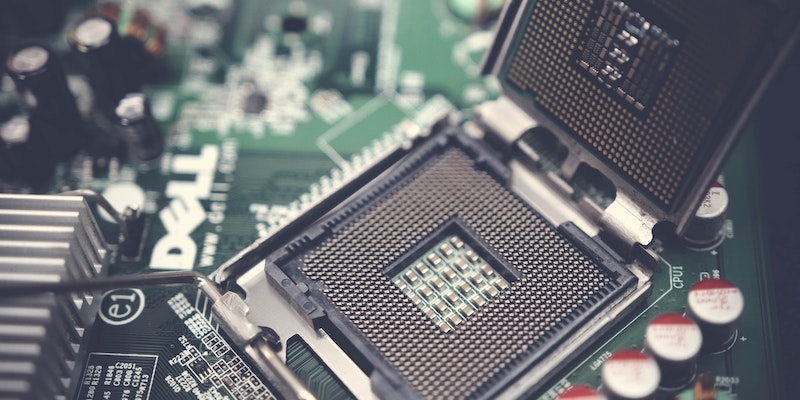In a momentous milestone for the technology industry, Intel has unveiled Meteor Lake as the most significant client architectural shift in 40 years. This groundbreaking development brings forth a revolution in the world of client computing and marks the departure of Intel from its long-established branding of the iconic i5, i7, and i9 processors, which have been the industry standard since 2009.
Chiplet Architecture and Intel Arc Graphics
At the heart of Meteor Lake lies a revolutionary chiplet architecture, representing a paradigm shift in processor design. The integration of Intel Arc graphics further enhances its potential, promising vastly improved gaming performance. This combination of advanced architecture and graphics capabilities opens the door to unparalleled gaming experiences, with graphics rendering that pushes the boundaries of realism and immersion to new heights.
Enhanced GPU capabilities
Meteor Lake introduces the integrated Xe HPG GPU, equipped with specialized features for cutting-edge gaming. The inclusion of ray tracing units enables realistic lighting effects and reflections, bringing virtual worlds to life with stunning visual fidelity. Additionally, the incorporation of matrix cores for AI upscaling enhances image quality, allowing for sharper and more detailed textures, even in lower-resolution game settings.
Introduction of the Neural Processing Unit (NPU)
One of the most notable innovations in Meteor Lake is the introduction of the first Neural Processing Unit (NPU) on-chip, marking a significant milestone for Intel. The inclusion of an NPU provides unparalleled processing power for AI-related tasks, unlocking tremendous potential for accelerating rendering times in multimedia content development. This breakthrough technology empowers content creators to seamlessly create high-quality visuals and multimedia content with unprecedented efficiency and speed.
Continuation of Intel’s hybrid architecture
Building upon the success of its hybrid architecture, Meteor Lake retains the performance (P-) and efficiency (E-) cores that have become a hallmark of Intel’s processor lineup. With Redwood Cove P-cores, expectations are high, as these are anticipated to deliver a significant leap in performance compared to previous generations. The combination of these cores allows for a versatile computing experience, seamlessly balancing power-hungry tasks with energy-efficient operations for extended battery life when needed.
Consumer demands for longer socket support
Acknowledging the concerns of consumers, Intel recognizes the cost implications associated with frequent socket changes. To address these concerns, Intel is actively working towards providing longer socket support for Meteor Lake processors. This commitment to stability aims to provide reassurance to consumers, minimizing compatibility issues and offering a more cost-effective and user-friendly transition to newer technologies.
Addressing Heat and Power Draw Concerns
Thermal performance has been a critical aspect of processor design, and Intel is investing significant effort in improving this aspect with Meteor Lake. Previous generations of processors have faced challenges related to overheating and excessive power draw, impacting both performance and user experience. With Meteor Lake, Intel is prioritizing enhanced heat management and power efficiency to curtail these issues, ensuring optimal performance under demanding workloads while maintaining reasonable power consumption.
Intel Meteor Lake is poised to redefine the future of client computing, pushing the boundaries of performance, graphics, and AI processing. With its chiplet architecture, Intel Arc graphics, integrated Xe HPG GPU, and the breakthrough inclusion of a neural processing unit, Meteor Lake represents a significant leap forward in technology. Intel’s commitment to providing longer socket support and addressing heat and power draw concerns further demonstrates their dedication to meeting consumer demands. As the industry eagerly awaits the arrival of Meteor Lake, the stage is set for a new era of computing that promises to transform the way we experience and interact with technology.

